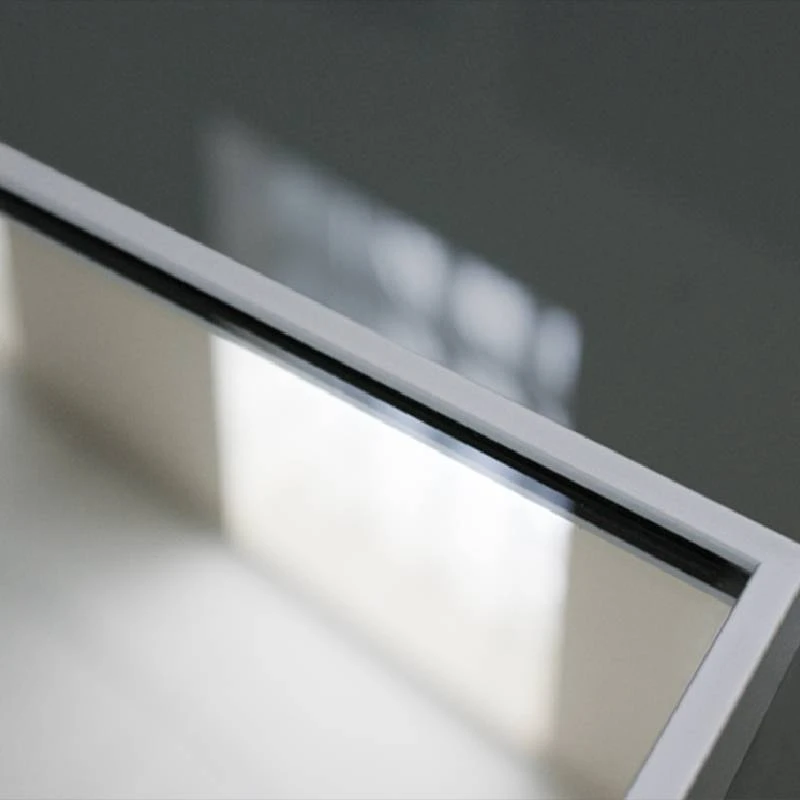

The Enchantment of Transition Glass That Transforms from Clear to Frosted
In the realm of modern design and innovation, there’s a mesmerizing phenomenon taking place in the world of glass—a transformation that blurs the lines between transparency and opacity
. This is the magic of glass that turns from clear to frosted, a remarkable advancement in material technology that not only captivates the eye but also redefines the functionality of spaces.At first glance, glass is often perceived solely as a material that allows light to flow freely, connecting indoor and outdoor environments with a sense of openness. However, the introduction of dynamic glass that changes from clear to frosted transforms this perception entirely. This innovative glass, often engineered using electrochromic or photochromic properties, creates a new dialogue between privacy and transparency, allowing occupants to control their environment with a mere flick of a switch or the passing of time.
The application of this glass technology is broad-ranging, spanning residential homes, commercial offices, and even public spaces. In a home, for instance, a bathroom can benefit significantly from the use of clear-to-frosted glass. Imagine stepping into a softly lit bathroom where the glass panels transition from transparent to frosted at the touch of a button, allowing privacy while still letting in natural light. This not only enhances comfort but also contributes to a modern aesthetic that embodies sleek sophistication.
In commercial settings, the impact is equally profound. Office spaces are increasingly embracing this technology to reimagine how employees experience their work environments. Conference rooms can utilize this type of glass to switch between open visibility and complete privacy. When a meeting is in progress, the glass can frosted, signaling to passersby that the room is in use while ensuring the participants enjoy a focused atmosphere. This flexibility promotes a dynamic workplace culture that prioritizes collaboration yet respects the need for privacy.

Furthermore, public spaces such as museums and galleries have found innovative ways to implement this glass. In these settings, the ability to transition from clear to frosted can be used to highlight certain exhibits while providing protection and discretion to artworks that require careful handling. This adaptability not only improves visitor experience but also serves the vital role of preserving cultural heritage.
The aesthetic appeal of clear-to-frosted glass cannot be overlooked. The design possibilities are virtually limitless, with architects and designers using it to create visually stunning facades that change with the environment. Whether it’s a modern home, a corporate headquarters, or a public institution, this glass can complement and enhance the architecture, allowing buildings to shimmer with elegance during the day and transform into intimate, ethereal spaces at night.
Beyond its aesthetic and functional benefits, the technology behind this transforming glass also presents significant energy efficiency advantages. By modulating the amount of sunlight that enters a space, it can reduce reliance on artificial lighting and help maintain a comfortable temperature, thereby lowering energy costs. This feature supports sustainable building practices, aligning with the growing global focus on environmental responsibility.
As we move further into the 21st century, the demand for versatile, beautiful, and functional materials in architecture and interior design will only increase. The glass that turns from clear to frosted represents a fusion of technology, design, and sustainability—elements that are crucial in creating spaces that meet the needs and desires of today’s users.
In conclusion, the allure of glass that transitions from clear to frosted is a testament to human ingenuity. It captures the essence of modern living—an interplay of light and privacy, beauty and functionality. As we embrace this innovative material, we find ourselves not just witnessing a change in aesthetic preferences but participating in a larger conversation about how our environments can adapt and transform in harmony with our lifestyles. The future of design is luminous, and it is reflective of the intricate dance between clarity and opacity.